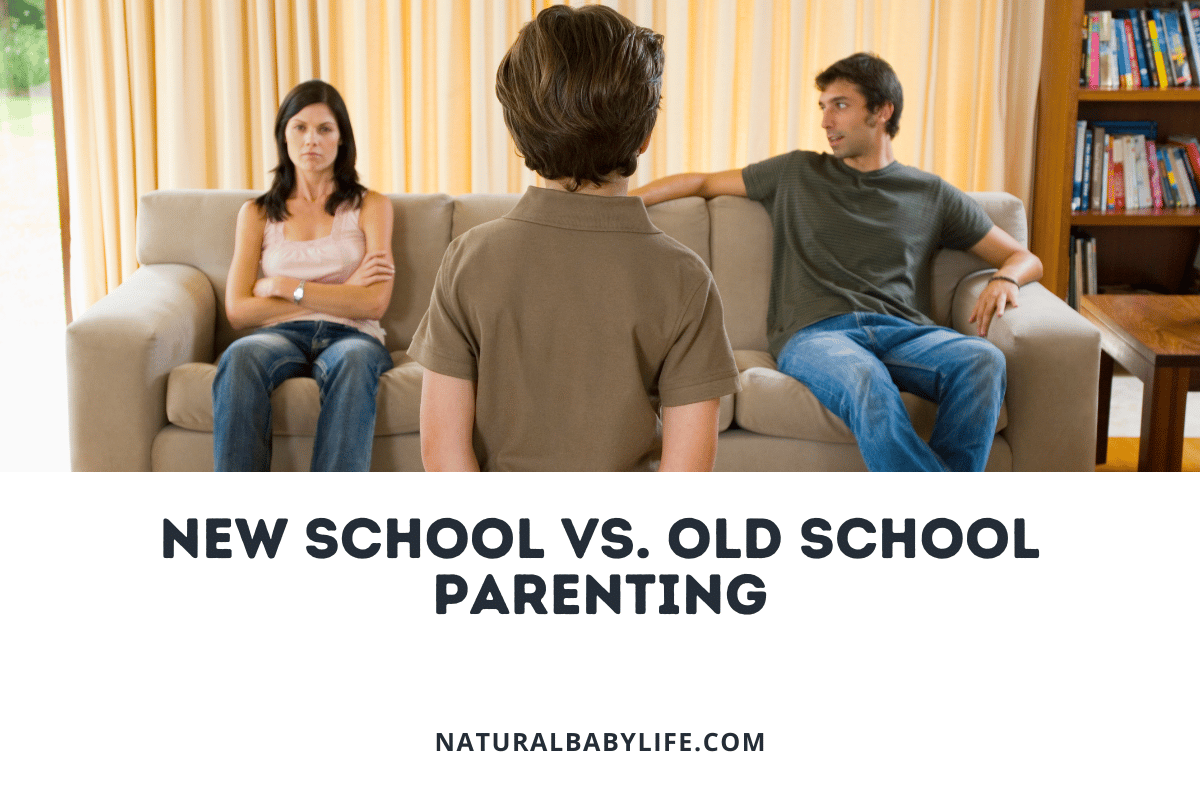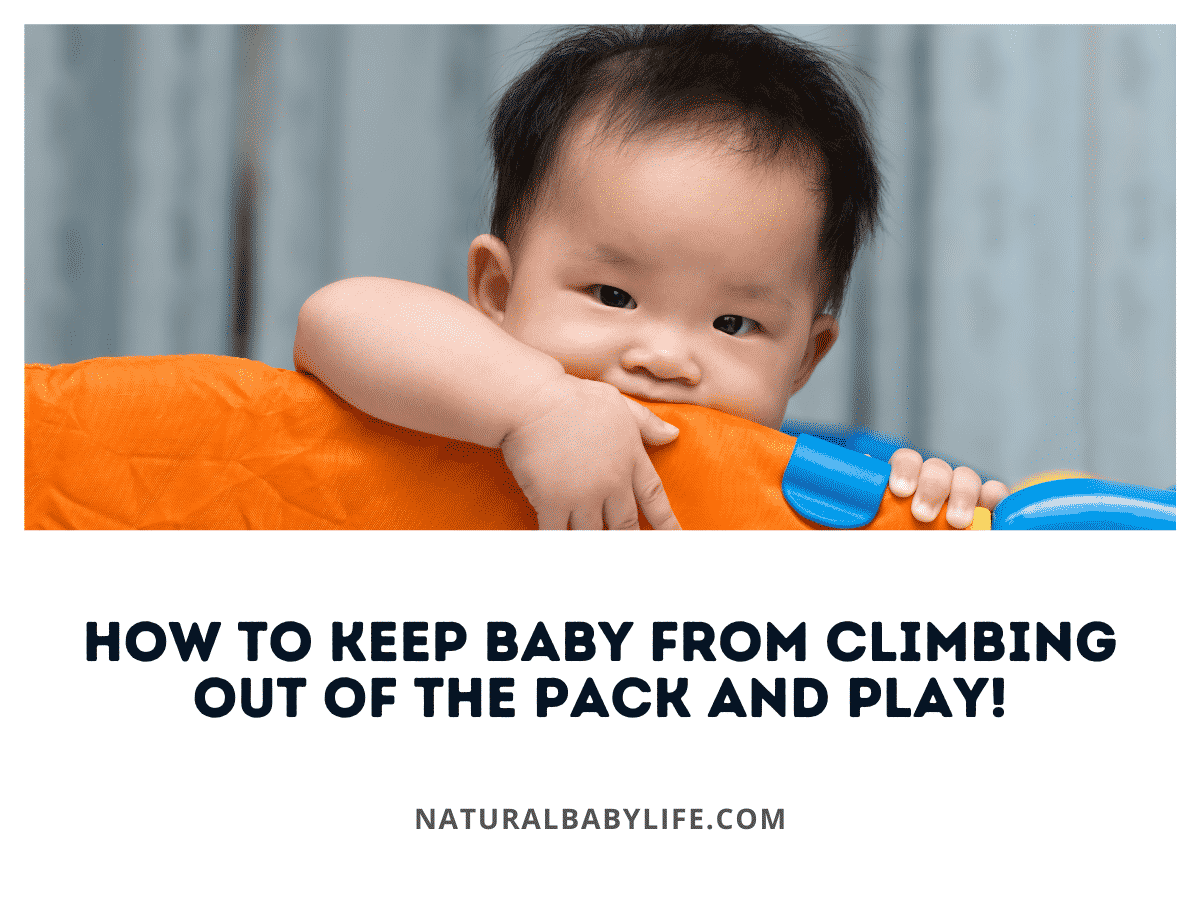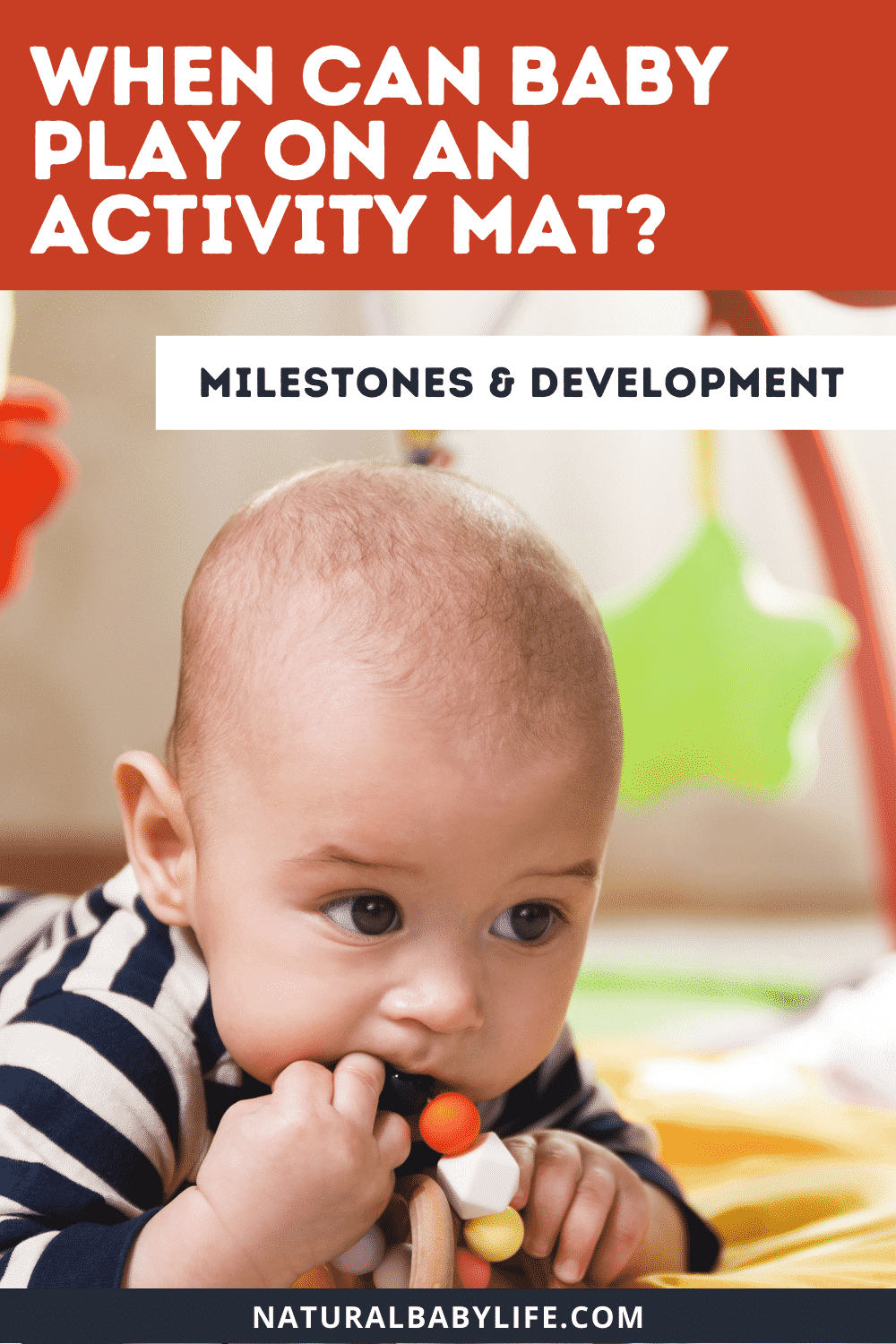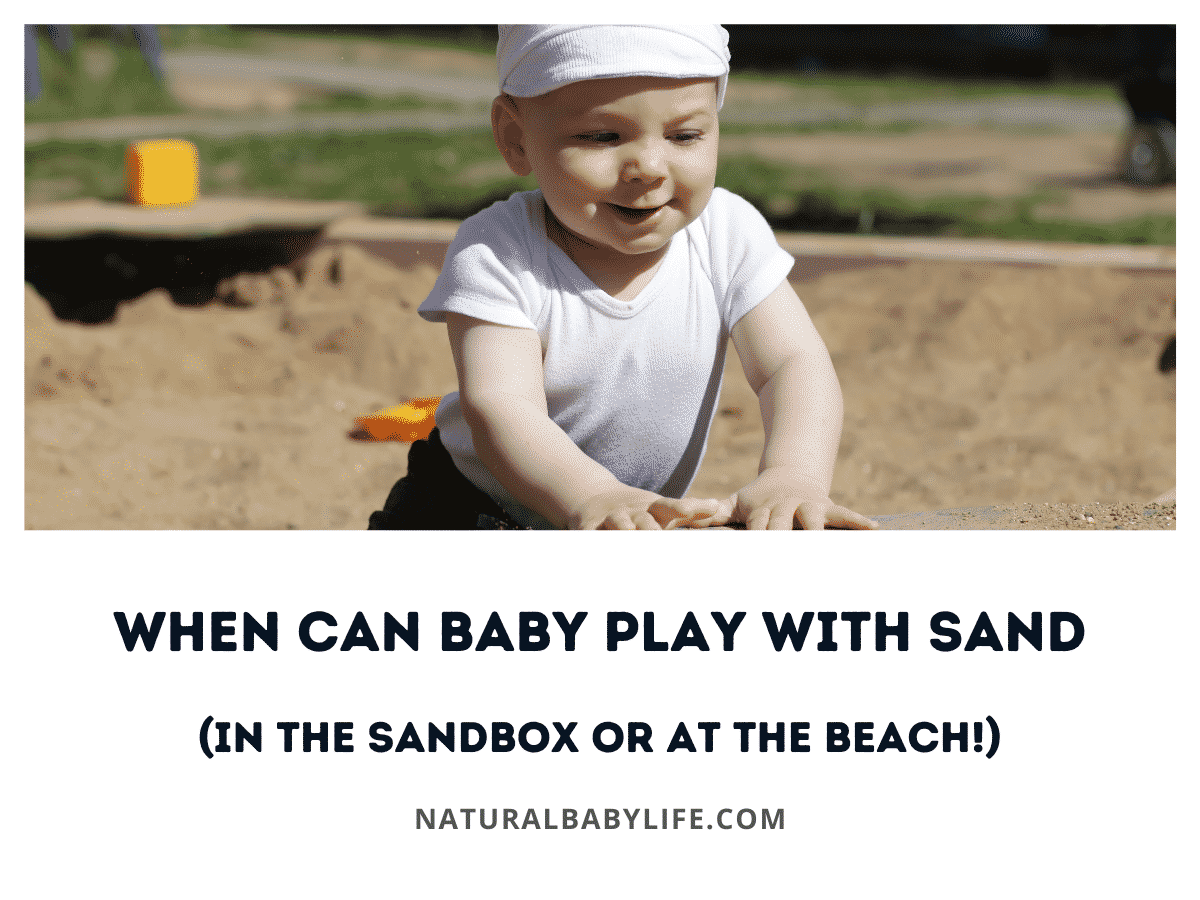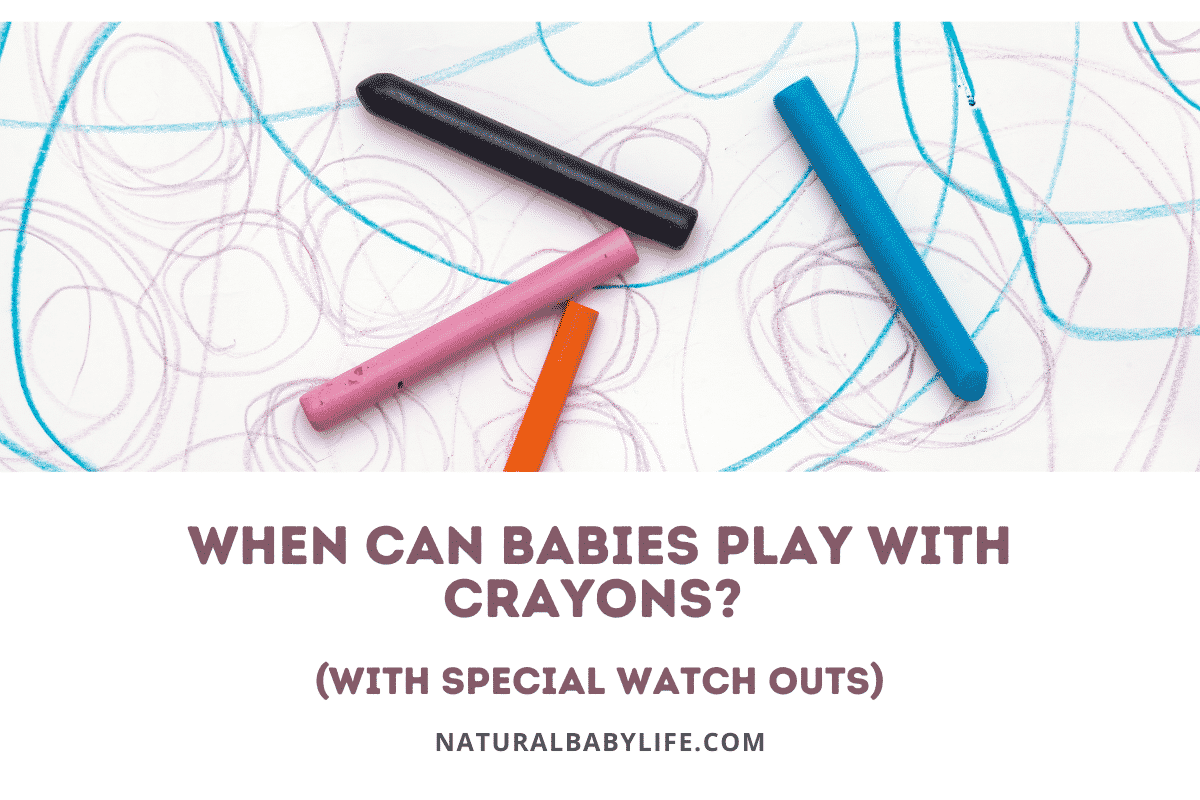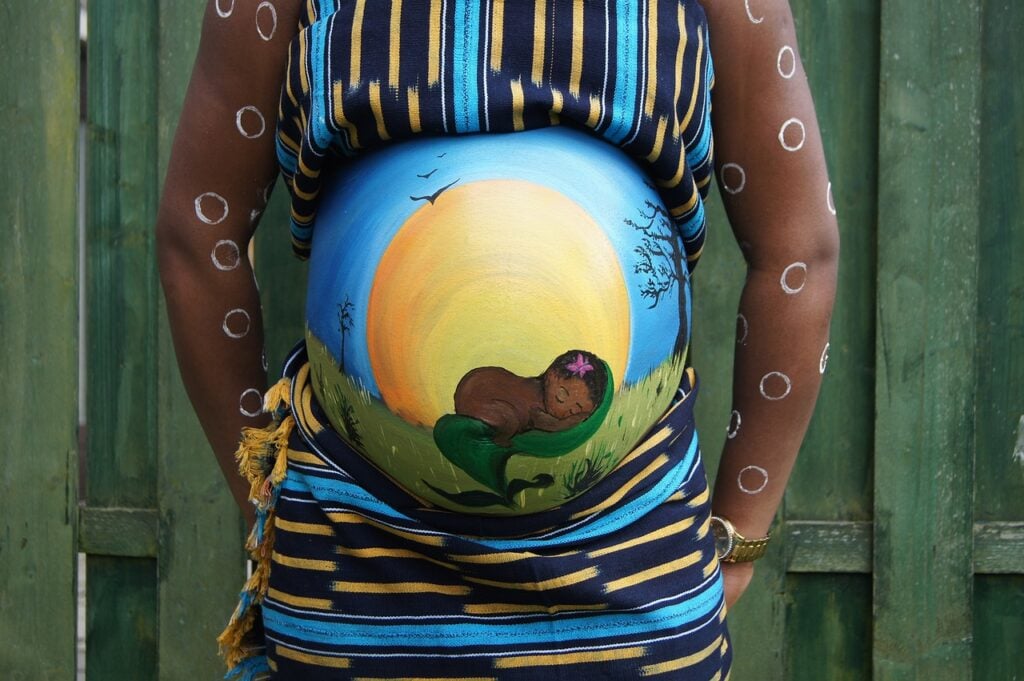
Whether for a pregnancy announcement, holiday photo, or just as a way to help your young children connect to your soon-to-be new baby, belly painting is a popular pregnancy activity. As with most things pregnancy related, it prompts the question of if it’s safe.
Pregnant people can safely paint their bellies with most skin-safe paints. Look for products that advertise 100 percent natural ingredients and that can be removed without harsh chemicals.
Read on to learn what types of paint are safe, ingredients to avoid, how to safely remove the paint, and what to do if you end up with skin irritation despite your best efforts.
Table of Contents
Is painting your belly safe?
Anytime you apply something to your skin during pregnancy, you’ll want to check the ingredients label to make sure that it includes only skin-safe ingredients. If it does, then it’s safe to apply to your stomach. That’s because your skin is the largest organ in your body, and products that you put on it can ultimately reach your fetus.
What types of paint are safe to use?
If you search online, you’ll find many paints specifically marketed for belly painting. However, you’re not restricted to only those. You can also look for costume makeup, face painting kits, finger paints, and even henna.
- Face-painting markers give you control over the application and make for easy free-hand designs. Water-based pigments allow for easy removal.
- Costume makeup comes in a variety of colors that you can apply with a paintbrush for elaborate designs.
- Vegetable-based finger paints are vegan, non-toxic, and even edible, making them safe for your belly.
- Henna is typically waterproof, which allows your stomach art to last for 5-7 days.
- Belly temporary tattoos are specifically marketed to pregnant women for pregnancy photos and announcements.
Types of chemicals and products to avoid
Fortunately, very few products considered safe for the skin have data confirming or even pointing toward risk to your baby.
As you search for the perfect belly paint, look for products specifically for use on the skin. If you wouldn’t put it on your stomach when you aren’t pregnant, you shouldn’t do it when you are. Besides concerns for your safety and your fetus,’ many people find that your skin is more sensitive when pregnant.
The ingredients to avoid can be sorted into two concerns: unsafe and likely to cause irritation. Unsafe ingredients pose a risk to your health or that of your unborn baby. Those likely to cause irritation can lead to redness, rash, broken skin, or other uncomfortable outcomes.
The Food and Drug Administration does not require that cosmetic companies obtain approval before selling their products. When checking ingredients, the following common ingredients are considered unsafe for pregnancy:
- Retinoids – Also labeled as Vitamin A, this popular anti-aging skincare ingredient might pose risks to your developing fetus. As a result, medical professionals currently recommend that you skip its use during pregnancy.
- Hydroquinone – The skin absorbs this skin-lightening agent more readily than most skin-care products. Consequently, pregnant women should avoid this product until more comprehensive studies prove its safety.
- Formaldehyde – While many beauty companies are moving away from formaldehyde, others still rely on it because it prolongs the shelf life of the product by preventing bacterial growth. Formaldehyde exposure can cause cancer, miscarriage, birth defects, and infertility.
Identifying irritation-causing ingredients is more challenging because of individual sensitivity. Many people experience heightened sensitivity of their pre-existing skin conditions while pregnant. So, if you typically experience eczema, contact dermatitis, or other issues, you might find that previously safe products now trigger rash, itchiness, or redness.
Common sources of irritation include:
- Fragrances
- Botanicals
- Harsh cleansers and detergents
- Acidic substances
- Nickel
How to remove paint from your belly
Paints specially formulated for the skin typically include removal instructions. These will likely be your best option because they’re customized to effectively remove the paint based on its ingredients.
Some paints even come with its own remover, but you might hesitate before applying another chemical to your body. In that situation, you can try several home remedies to safely remove your paint.
First, try your favorite hand or body soap with a soft cloth. These products can be good options because you’ve already been using them throughout your pregnancy without irritation. Micellar water can also help remove stubborn paint because it’s intended to remove waterproof makeup.
For more stubborn paints, you can try dissolving the pigments with an oil. You might even have an oil-based cleanser in your beauty cabinet like squalane. Baby oil and a cotton round will also help with harder-to-remove paints.
What to do if you get a skin irritation
If you end up with some irritation from your foray into belly painting, you can try one of several remedies to relieve itching or redness. Of course, if your symptoms are severe or persist after a few days, don’t hesitate to reach out to your obstetrician or other care provider.
Aloe is nature’s best skincare and can provide relief for itching, redness, or discomfort. If you feel more of a stinging sensation, a paste of water and baking soda can be helpful as baking soda acts as a neutralizing agent against acids.
Rashes and itching during pregnancy can also indicate more severe medical conditions, like cholestasis and preeclampsia. Don’t hesitate to consult your healthcare provider if your symptoms linger, don’t respond to your home remedies, or seem severe.
Can you use household paint on your belly?
Many of us have some extra paint in the garage or craft room from previous projects, and a lot of craft paint seems innocent. In a pinch, you might be tempted to use a little for a quick pregnancy photoshoot, but it should be avoided for both safety and irritation reasons.
Skin-safe paints are made with limited, non-toxic ingredients and some are even made with food-grade ingredients. Craft paints and other paints can contain toxic ingredients and hard metals.
Many paints contain volatile organic compounds (“VOCs), which are chemicals in the solvent of paint that evaporates as it dries. Besides causing headaches and dizziness, VOCs are suspected to cause cancer.
Craft and household paints typically include additives to control the texture and improve the performance of the paint. To ensure your craft paint is skin-safe, you would need to research each of these ingredients individually. One common additive is formaldehyde, which preserves the paint by preventing bacterial growth. As mentioned above, pregnant people should limit their exposure to formaldehyde for the safety of both the parent and unborn child.
Beyond the ingredients, the texture of regular paint doesn’t lend itself to successful belly art. When dry, few paints remain flexible like those intended for use on the body. As a result, your design will quickly crack and need retouching. And, perhaps worst of all, you can anticipate regular paint drying and catching on any small hairs that you have on your skin.
Application methods
When you’re ready to start painting your stomach, you can choose from several methods depending on the complexity of the pattern and the amount of money that you’re willing to invest to get started.
Remember, belly painting can be as simple or complex as you want and your talent allows. Beginners might find finger painting, sponges, markers, and stencils the easiest to start out with. Those with more artistic skills can do intricate designs with paintbrushes, airbrush equipment, and other items.




